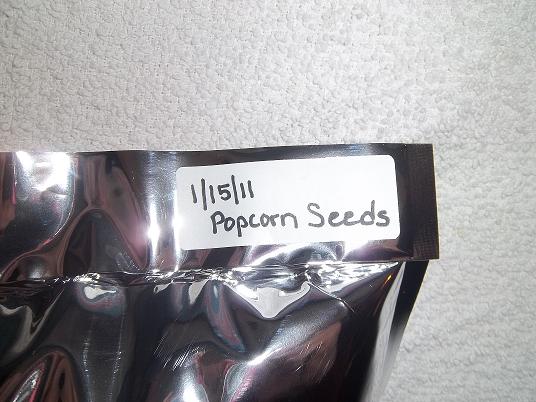Preparedness Tip:
I learned about copy canning from the video Urban Master Volume 1 “The Home”, created by the late Ron Hood and his wife. The process is very easy and is as follows:
- You decide you want chicken noodle soup for lunch so you take a can out of your pantry.
- Add chicken noodle soup to the shopping list.
- When you go to the grocery store, you buy two instead of one. (If you used two cans, you guessed it, you buy four.)
This is a great way to build your pantry to the point where you’re at the maximum amount of any item you want to store. Then you simply move back to buying just one when you use one.
Here are some links to other articles on food storage, these can help in stocking your pantry as well.
Food Storage Part One: Why Store Food And The Rules For It.
Food Storage Part Two: The Kind Of Foods That You Can Store
Food Storage Part Three: Shelf Life of Staples.
Food Storage Part Four: The Process and Enemies of Food Storage.
Food Storage Part Five: How much food should you store and where should you put it all?
Food Storage Part Six: Tips On Stocking Up and Affording it all.
Food Storage Part Seven: Food Boredom to Survival Cooking .
Please click here to vote for Prepared Christian as a top Prepper site!
If you liked this article please think about sharing it on the social media listed below, thanks!



















